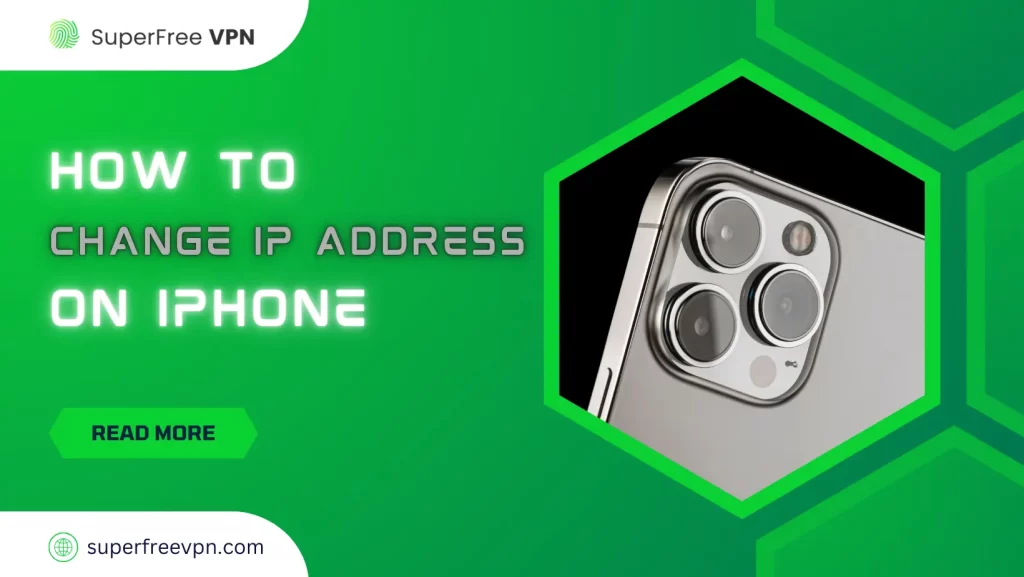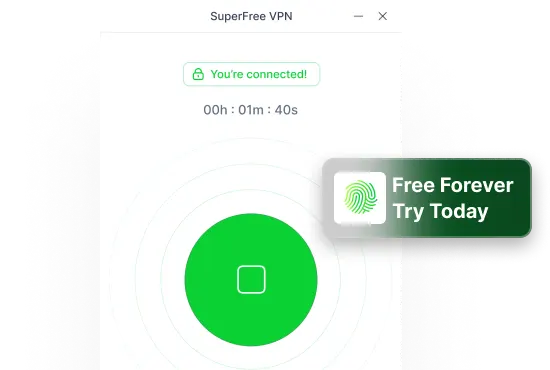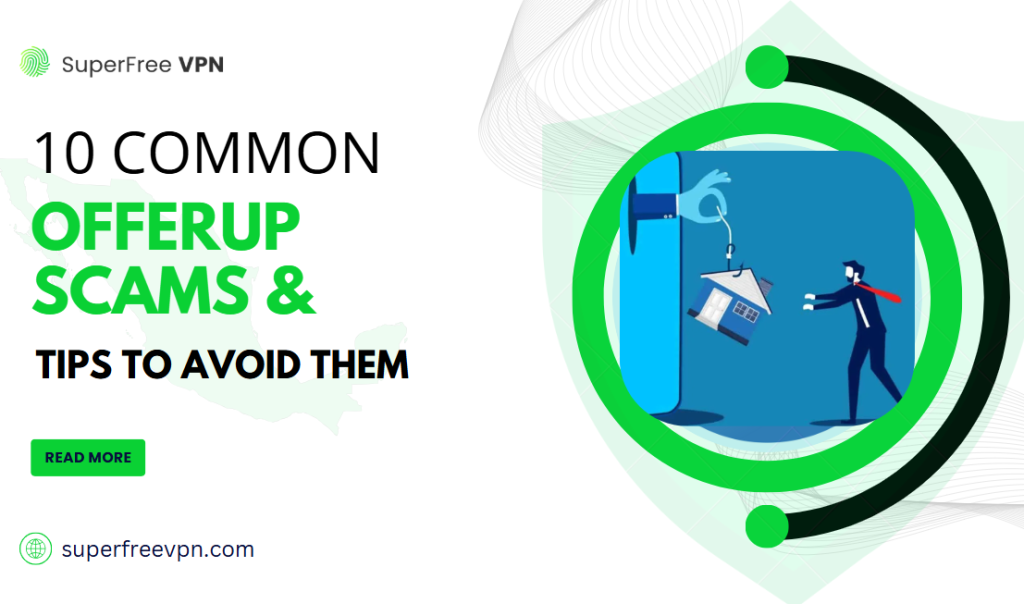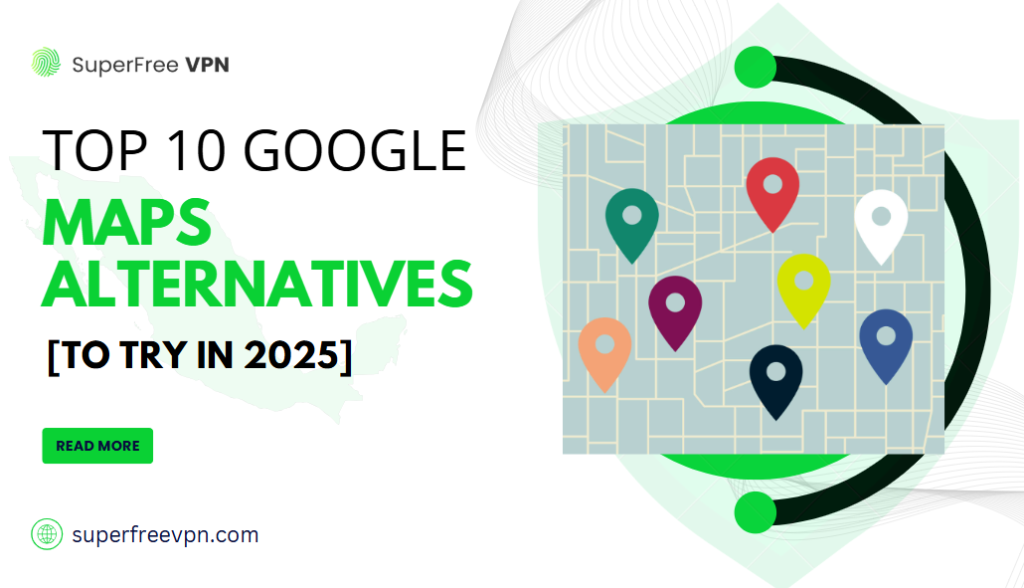Ever feel like your IP address is putting you on the map?
A quick change can shake off trackers, open up new content, and fix nagging network problems.
Ready to take control? Let’s see how you can change the IP address on your iPhone.
Manually Change Your IP Address on iPhone
This method is simple BUT only works if you have a static IP address. Dynamic IP addresses automatically change and may override any changes you make.
If you’re changing your IP address manually, it must fall within your network’s assigned range. You can check your router settings to find these available addresses. To make sure your new IP aligns with your router, start by identifying your router’s IP address first.
- Open your Settings and tap Wi-Fi.
- Select the (i) next to your current Wi-Fi network.
- Locate the IPv4 Address section and tap Configure IP.
- Switch to Manual.
- Enter the following details:
- IP Address: Pick an address from your router’s range (often 192.168.x.x or 10.0.x.x).
- Subnet Mask: Usually 255.255.255.0.
- Router: This is your gateway (e.g., 192.168.1.1).
- Tap Save.
Use Tor Browser to Change Your IP Address on iPhone
Tor (The Onion Router) is designed for that. It routes your traffic through multiple encrypted servers, making it nearly impossible to trace your IP address. Think of it like a digital maze—your data jumps from one node to another, keeping your real IP hidden.
It’s a great option if you value privacy and security, but there’s a catch: Tor can be slow. Since your traffic moves through multiple relays, loading times might lag, especially for streaming or downloads. If you’re just browsing, though, it works well.
- Install a Tor browser from the App Store (OrNET Onion is a popular option).
- Open the app and follow the setup instructions.
- Connect to the Tor network (this may take a few seconds).
- Start browsing – your IP is now hidden!
Keep in mind: Browsing this way is often laggy and slow due to the nature of how your data is routed through multiple nodes.
Use Proxy Servers
A proxy server acts as a middleman between your iPhone and the internet. Instead of connecting to websites directly, your traffic goes through the proxy first, masking your real IP address.
How is it different from a VPN?
Both hide your IP, but a VPN encrypts your data, making it more secure.
Proxies are faster but don’t offer the same level of privacy.
Good for bypassing region locks but not ideal for sensitive browsing.
- Open Settings → Tap Wi-Fi.
- Tap the (i) next to your Wi-Fi network.
- Scroll down and select Configure Proxy.
- Choose Manual.
- Enter the proxy server address and port number (provided by your proxy service).
- Tap Save, then test your connection.
Note that your server and port information depend on the specific server you’re using. The server information refers to the IP address of your proxy server. To ensure secure browsing, use port 443, which uses HTTPS for a more secure internet connection.
Use a VPN on your iPhone
A VPN (Virtual Private Network) is one of the easiest ways to change your IP address. It reroutes your internet connection through a secure server, hiding your real IP and making it look like you’re browsing from a completely different location. Unlike proxies, a VPN also encrypts your data, keeping your online activity private and secure.
Whether you’re trying to stay anonymous, access blocked content, or protect yourself on public Wi-Fi, a VPN has you covered.
- Pick a VPN app (like SuperFree VPN – 100% free, no hidden fees).
- Download and install it from the App Store.
- Open the app and sign in.
- Choose a server location (or let the VPN auto-connect to the fastest one).
- That’s it! Your IP is now hidden, and your connection is encrypted.
Why a VPN Is a Smart Choice
✅ Hides your real IP – Websites and apps won’t see your actual location.
✅ Encrypts your data – Keeps hackers and snoops out of your business.
✅ Bypasses geo-blocks – Stream shows, access restricted content, and browse freely.
✅ Works on public Wi-Fi – Protects your info from cyber threats at coffee shops, airports, or anywhere else.
How to Reset Your IP Address on Your iPhone
Need a quick IP refresh? Resetting your network can sometimes assign your iPhone a new IP address. This depends on your Wi-Fi settings and whether your internet provider uses dynamic IPs (which most do).
However, keep in mind that this method won’t improve privacy or security like a VPN or proxy. It also interrupts your Wi-Fi connection, so only use it if you’re troubleshooting a network issue.
- Go to Settings → Wi-Fi and select your network.
- Tap Forget This Network and confirm.
- Reconnect to the same network or choose a different one.
- Your ISP may now assign you a new IP address.
Pros & Cons of Changing Your IP Address
Why It’s Worth It
✅ Better privacy – Hides your location from websites and advertisers.
✅ Bypass geo-blocks – Access content not available in your country.
✅ Avoid ISP tracking – A VPN can stop your provider from monitoring your activity.
✅ Safer on public Wi-Fi – Prevents hackers from exploiting an open network.
✅ Fixes network issues – A new IP can sometimes resolve connectivity problems.
What to Watch Out For
❌ Some apps may break – Services that rely on your original IP could stop working.
❌ Legal considerations – Some websites don’t allow IP switching and may block access.
❌ Slower speeds – VPNs and Tor can reduce connection speed.
❌ Not a full privacy fix – Your browsing habits can still be tracked in other ways (cookies, fingerprinting, etc.).
Changing your IP address can be a smart move, but not all methods offer equal benefits. If privacy and security are your top priorities, a free VPN like SuperFree VPN is your best bet. It’s fast, 100% free, and encrypts your data for maximum protection.











